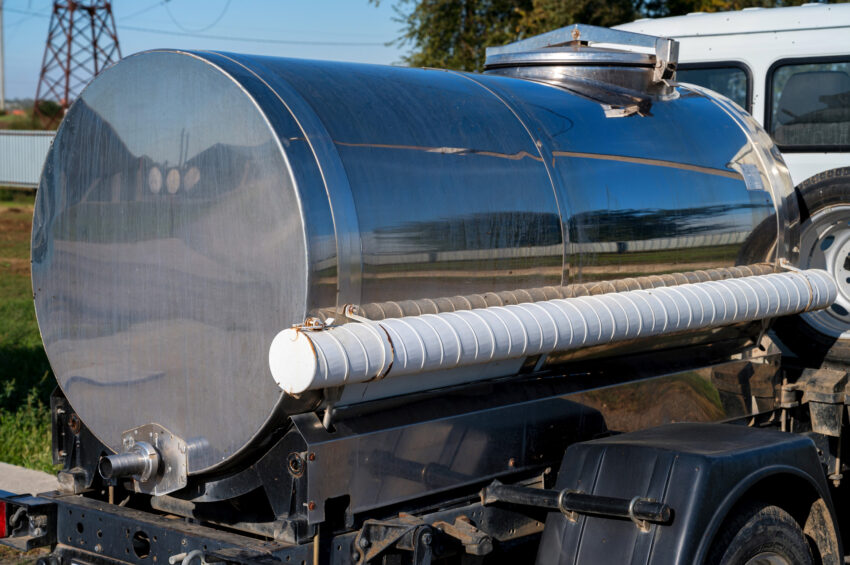Water trucks are essential machinery in numerous industries, from construction to mining and beyond.
To ensure they operate efficiently and minimize downtime, it’s crucial for fleet managers to be familiar with the key components that keep these vehicles running optimally. This article highlights five essential water truck parts every fleet manager should be aware of.
1. Water Pumps
Types of Water Pumps
One of the most critical parts of a water truck is the water pump. It is responsible for circulating water through the system, enabling the vehicle to perform its primary function. Common types of water pumps used in water trucks include:
– Centrifugal Pumps: Ideal for handling large volumes of water.
– Positive Displacement Pumps: Suitable for applications requiring high pressure.
Maintenance Tips
Regular maintenance of water pumps is vital to avoid operational failures. Make sure that the pump seals are intact, and periodically check for signs of corrosion or wear. Proper lubrication and cleaning can extend the life of the pump and ensure consistent performance.
2. Spray Nozzles
Variety and Application
Spray nozzles are crucial for distributing water evenly over a designated area. Depending on the application, different nozzles might be required. Here are some common types:
– Fan Nozzles: Best for wide coverage areas such as dust control on construction sites.
– Solid Stream Nozzles: Ideal for targeting specific areas with precision.
Maintenance Tips
Like water pumps, spray nozzles require regular inspection. Clogged or damaged nozzles can disrupt the spray pattern, leading to inefficient water use. Always clean nozzles thoroughly and replace them when necessary to maintain effectiveness.
3. Control Valves
Importance of Control Valves
Control valves regulate the flow and pressure of water in the system. They are essential for both safety and operational efficiency. Common types include:
– Ball Valves: Known for their durability and ease of use.
– Gate Valves: Provide precise control over water flow.
Maintenance Tips
Regularly inspect control valves for signs of wear or leakage. Check if they open and close smoothly. Periodic lubrication can prevent valve sticking and prolong lifespan, ensuring reliable operation.
4. Water Tanks
Material and Capacity
Water tanks store the water that will be dispersed by the truck. Their capacity and the material they are constructed from can significantly impact the truck’s performance:
– Steel Tanks: Highly durable but heavier, affecting fuel efficiency.
– Polyethylene: Tanks Lightweight and corrosion-resistant.
Maintenance Tips
Water tanks must be inspected for leaks or signs of corrosion regularly. Make sure that the tank’s interior is clean, as sediment buildup can affect water quality and the performance of other components. Routine cleaning and proper storage can help maintain the tank’s integrity.
5. Hose Reels and Hoses
Types and Uses
Hose reels and hoses are essential for manually directing water from the truck to specific locations. They come in various types and sizes, tailored to different needs:
– Manual Reels: Simple to use and typically more affordable.
– Automatic Reels: Offer greater convenience for frequent use.
Maintenance Tips
Check hoses regularly for cracks, leaks, or other damage. Ensure the reel operates smoothly and that hoses are properly stored to avoid kinks. Replacing damaged hoses promptly can prevent larger issues and ensure consistent water delivery.
Conclusion
Understanding and maintaining these five essential water truck parts is crucial for fleet managers. By keeping these components in optimal condition, they can ensure their water trucks remain reliable and efficient, minimizing downtime and enhancing productivity. Regular inspections, proper maintenance, and timely replacements are key practices that will keep water trucks performing their best.


